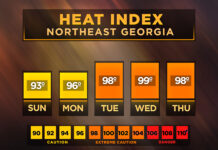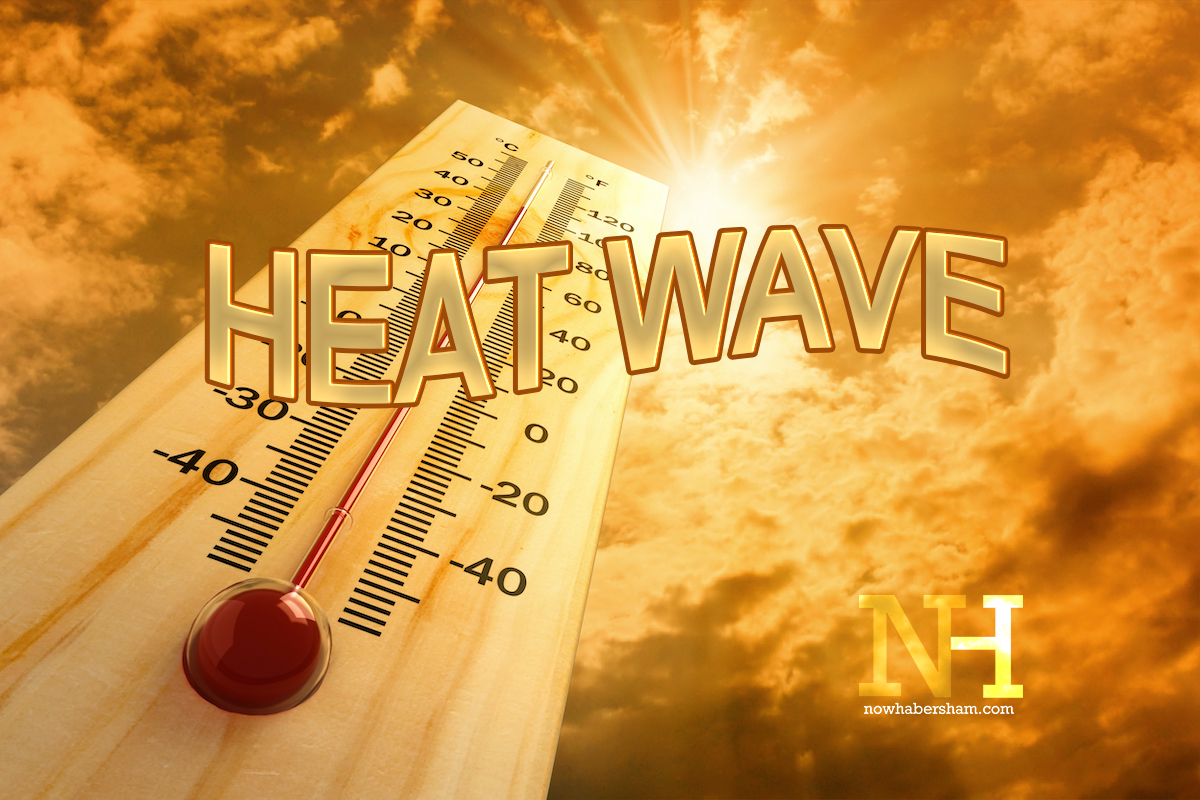
WASHINGTON (GA Recorder) — The 2022 Atlantic hurricane season is predicted to be the seventh in a row with an above-normal number of storms, according to a forecast the National Oceanic and Atmospheric AdministrationNational Oceanic and Atmospheric Administration released Tuesday.
NOAA administrator Rick Spinrad said the agency expects there will be between 14 and 21 named storms, with six to 10 of those storms turning into hurricanes.
Between three and six of those hurricanes are expected to develop into major storms that reach a Category 3 or above level when winds reach 111 to 129 mph and devastating damage occurs.
The likelihood of another active and likely catastrophic Atlantic hurricane season means another challenging year for emergency management officials throughout the United States.
“We just experienced two extremely active hurricane seasons marking the first time on record that two consecutive hurricane seasons exhausted the list of 21 storm names,” Spinrad said during a briefing for reporters in New York City.
Similar to 2021
The 2022 Atlantic hurricane season forecast shows the number and severity of tropical storms will be similar to last year, during which the United States experienced 21 named storms, including seven hurricanes — four of which developed winds of at least 111 mph.
Federal Emergency Management Agency Administrator Deanne Criswell used the annual forecast release to urge residents throughout the country, not just those in coastal areas that regularly experience tropical storms, to prepare for emergency situations, including evacuations.
“We’re looking at another similar season for hurricane preparedness, but that doesn’t mean we should take it lightly,” she said. “As we saw from Superstorm Sandy, it doesn’t even have to be a hurricane to cause such devastation to communities.”
Criswell cautioned that FEMA has noticed these tropical storms are developing faster and more frequently, meaning state and local emergency managers have less time to warn the public.
That then means the public has less time to gather emergency supplies and evacuate or head to a storm shelter.
This year’s NOAA forecast cites the ongoing La Niña weather pattern and its lower atmospheric stability, “warmer-than-average sea surface temperatures in the Atlantic Ocean and Caribbean Sea, weaker tropical Atlantic trade winds, and an enhanced west African monsoon” as likely factors that will keep the number of storms high.
Climate change
Climate change is part of the reason the Atlantic hurricane seasons, as well as other climate and weather events, are becoming more frequent and more severe, though Spinrad cautioned that forecasters “can’t simply point to a particular storm — whether it’s a strong storm like Ida or any others — and say there, that is climate change.”
“The attribution is more in the patterns, the tendencies, the mode that we’re in,” he said, noting that all the factors NOAA listed in its forecast are components of climate change.
Criswell said FEMA is working with communities to address how climate change affects their residents during hurricane season.
“We’re seeing such a dramatic change in the type of weather events that we’re facing as a result of climate change that we really have to get ahead of that,” Criswell said. “One of the biggest things that FEMA is doing is putting a lot more emphasis on the other parts of our mission, which is about preparedness and mitigation.”
Criswell also noted that individual preparedness ahead of hurricane season’s official start on June 1 is crucial to keeping people and property safe during hurricanes and the storm surges that often accompany them.
“The majority of fatalities we see from hurricanes come from storm surge,” Criswell said. “Again, it’s incredibly important that individuals take time to understand what their risk is.”






